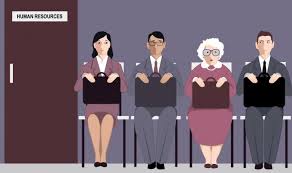Nuance Audio is a new option for people who resist traditional aids, from the company that makes Ray-Bans and operates LensCrafters.
Seekers of Meaning Podcast Posted Online March 7, 2025
What's Next Longevity Deal Talk Episode 32, January, 2025
Presentation: What's Next Longevity Venture Summit, June, 2025

 AARP recently published several new reports -- all worth a read. Rant on. The survey reports, about the
AARP recently published several new reports -- all worth a read. Rant on. The survey reports, about the  Getty images show advertising’s ageist stereotypes. A new report from AARP this week zeros in on something we all knew:
Getty images show advertising’s ageist stereotypes. A new report from AARP this week zeros in on something we all knew:  sp of August and Labor Day's hurricane Dorian is behind us. Note how a
sp of August and Labor Day's hurricane Dorian is behind us. Note how a  You may have seen that rechargeable hearing aid commercial. What was most striking about the
You may have seen that rechargeable hearing aid commercial. What was most striking about the